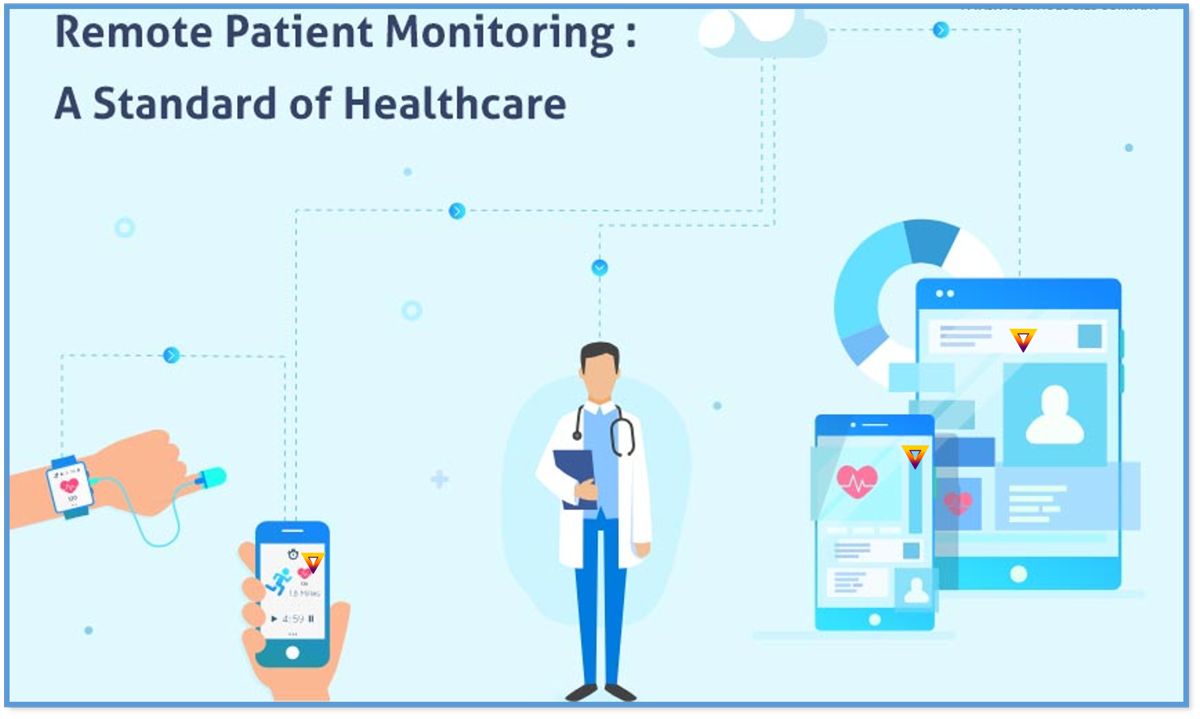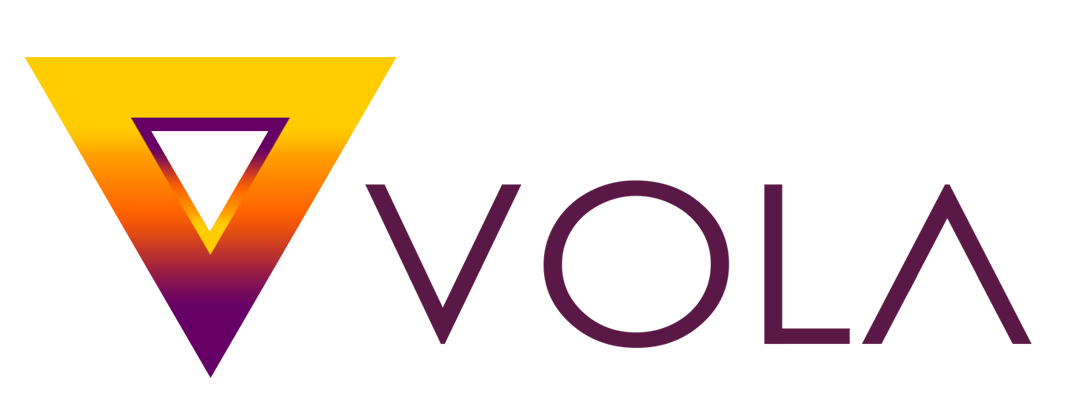
Remote patient monitoring is a suite devices and software tools which enable doctors to monitor the health of patients outside of a traditional medical hospital setting. The gathered information is then used to constantly monitor the health of patients for early detection of health problems or potential illnesses. With the availability of state-of-the-art technology, it has become easier than ever before to provide access to healthcare providers in remote areas. It’s also made the transition to digital imaging simpler for radiologists, cardiologists, and nurses who have a variety of specialized equipment and training to perform their work. However, as technology continues to improve, so does the software needed for remote patient care.
Remote patient monitoring brings in opportunities not previously available to hospitals and other traditional healthcare facilities. Doctors can use their laptops, desktop computers, laptops, smart phones, tablets, or electronic boards wherever they are to provide emergency care and manage chronic disease management. Because remote patient monitoring provides access to a wider variety of devices, it can also help to improve the efficiency of the healthcare organization. Many hospitals have already adapted their business processes to include digital images and other information from remote patient monitoring systems. In fact, many hospitals use the information they collect to inform scheduling decisions, or to simply make sure that everything is running smoothly.
There are two main components to remote patient monitoring, ensuring that the devices are communicating properly. One component is the software used to communicate with the various devices, such as VOLA’s Connected Health Platform. Remotely installed software provides an interface between patients, health care providers, and hospital systems, which allow for easy access to patient vitals. The second component is the actual device, such as scanners, digital medical devices, mobile devices, etc., that facilitate communication.
This interface facilitates quick and easy access to patient vitals. When using an electronic monitor, a doctor can double check vital signs for a patient with a simple push of a button. Likewise, when one is using a digital imaging scanner, a patient’s vital signs can be read instantly. Some units allow the user to “see” digital images in the front-view or “side-view”, both of which are advantageous when dealing with difficult-to-read images or under-diagnosis conditions. The ability to read vitals remotely is especially helpful when a patient has no access to a PC, which is typically necessary when viewing images.
Other advantages of remote patient monitoring include the use of digital-based patient records, which eliminate the need for a paper-based backup. The records can be shared between different departments with minimal loss of information. The record can also be exported to a hard drive if necessary for future reference or research. Using digital-based records also minimizes the risk of human error, as doctors can easily make a copy of a patient’s vital signs without having to go through the lengthy process of scanning and uploading the image. Because digital-based records are more secure than paper ones, they have been found to be more accurate and are used in hospitals worldwide.
Using remote patient monitoring also makes monitoring more convenient. The use of a single monitor simplifies the process of monitoring a patient’s vital signs. In some instances, there are only one or two devices that are needed to access a patient’s vital signs. Hospitals are able to cut down on time and expense by streamlining the process of patient care. In addition, patients and doctors can be confident that the monitors they are wearing are accurately recording data and sending the appropriate signal when changes in a patient’s vital signs occur.
The benefits of using an RPM Portal or other patient portal services are also derived from its ability to provide real-time and access to actionable intelligence. Medical professionals and hospitals are able to receive up-to-date information about a patient’s condition in a fraction of a second through the use of an RPM portal. When these valuable resources are accessible instantly, doctors and other medical staff members are better able to focus their attention and effectively treat their patients. Actionable intelligence allows providers and hospitals to take preventative measures that can reduce the amount of time lost in procedures as well as improve the overall quality of care provided.
Utilizing remote patient monitoring software solutions is crucial for physicians and hospitals to remain up to date with the latest in patient care. This enables them to make the necessary adjustments in treatment as needed. The speed at which technology is advancing is amazing, making it important for physicians and hospitals to utilize these resourceful systems. These software solutions not only provide instant information on vital signs of patients but also provide valuable information on a wide variety of topics. Remotely connected healthcare professionals have the tools and the knowledge necessary to give patients the care that they need.
VOLA’s Healthcare application developers have created numerous applications that will be beneficial to the healthcare industry and their implementation of AI and big data. These innovative developments have created products and solutions that will provide hospitals and doctors with real-time data on patient conditions. With these tools, healthcare professionals will be able to deliver the best care possible to patients. The healthcare connected technologies are designed to improve the healthcare experience for both patients and medical professionals. The next generation of medical devices and solutions will be designed with the latest in technology and security standards.
Interested in a demo to see our platform can be optimized for your organization? Schedule a demo with the VOLA team today! Contact Us.
About VOLA
Our mission is to support the rapidly growing digital transformation of the healthcare industry. We do this by equipping medical offices and telehealth providers with customizable and affordable technology. One of our key differentiators is our ability to connect laboratory tests into the workflow of telehealth services. Additionally, we have a dedicated SaaS product line to support laboratories and laboratory marketing organizations.

